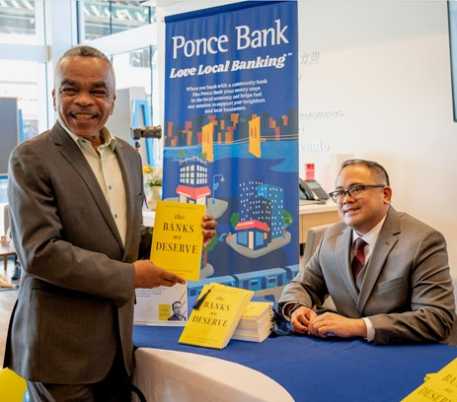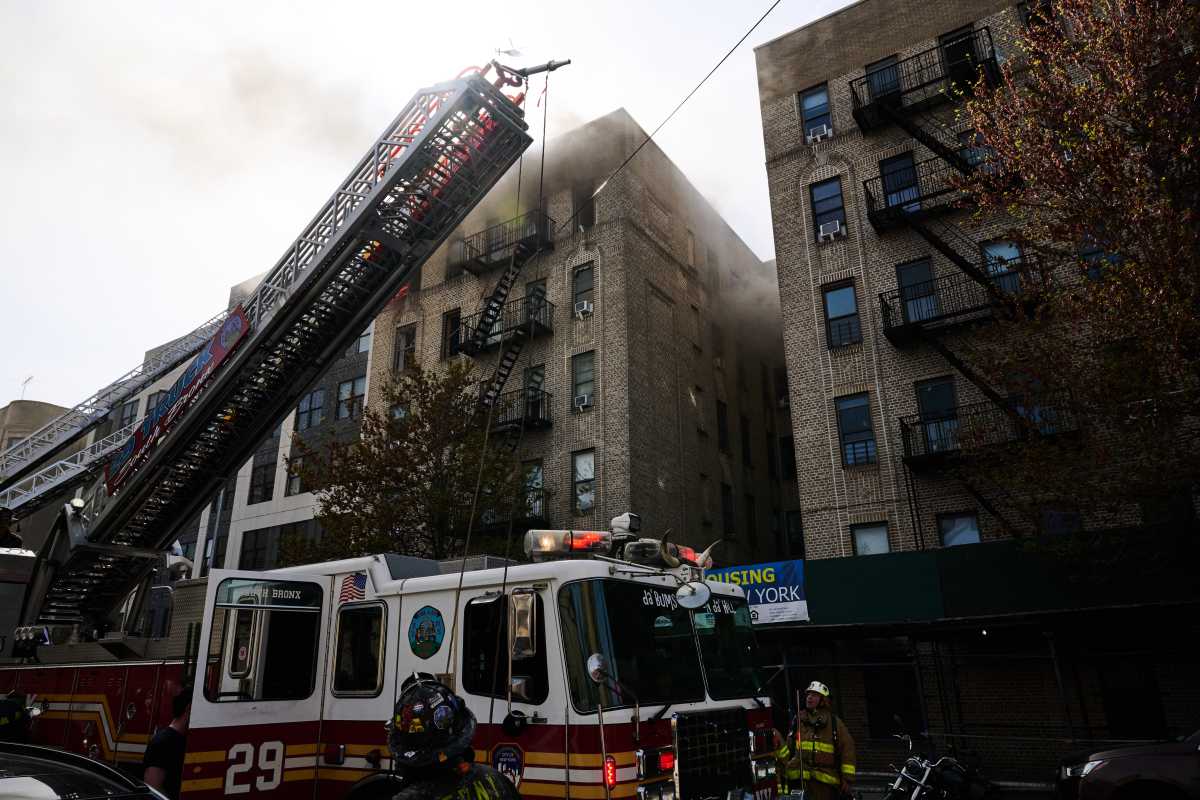Mayor Bill de Blasio’s new diversity plan fails to lay out a plausible way to integrate one of the nation’s most segregated public school systems. And after two years of inaction, he now plans to form an advisory group to “study” the problem. The challenge is difficult but we can start with some clear solutions.
Discussion of the issue has mostly centered on the handful of districts with diverse populations but segregated schools. In these districts, an unregulated choice system has contributed to segregation; affluent families know how to get their kids into the best schools, and parents choose schools whose populations resemble themselves. A “controlled choice” system would allow parents to select schools while also mandating that all schools maintain a minimum percentage of low-income students (those who qualify for free or reduced lunch). The city should help districts with economically mixed populations move to such a system. A few (Districts 1 and 3 in Manhattan and District 13 in Brooklyn) are already working on it.
But many people live in areas with almost no well-off or white people. For instance, a UCLA study found that of NYC’s 32 school districts, 19 had 10 percent or fewer white students. Those areas need policies that encourage integration while protecting tenants from gentrification and eviction in private housing. NYC can do that by investing in mixed-income public housing and legislating robust rent protections.
As new schools open to serve overcrowded districts, the city should move away from its emphasis on competitive admissions in middle and high schools. Instead, we should serve students with a wide range of academic backgrounds and abilities, perhaps with popular language-immersion programs, arts-based schools or progressive schools like Brooklyn Secondary School for Collaborative Studies in Carroll Gardens.
Finally, none of this can work without addressing the quality of the schools many low-income kids now attend. That means giving all schools the resources they need to serve children even if they don’t live in brownstone Brooklyn and Manhattan. Only then will desegregation — through policy prescriptions — be politically palatable.
Liza Featherstone lives and writes in Clinton Hill.





























